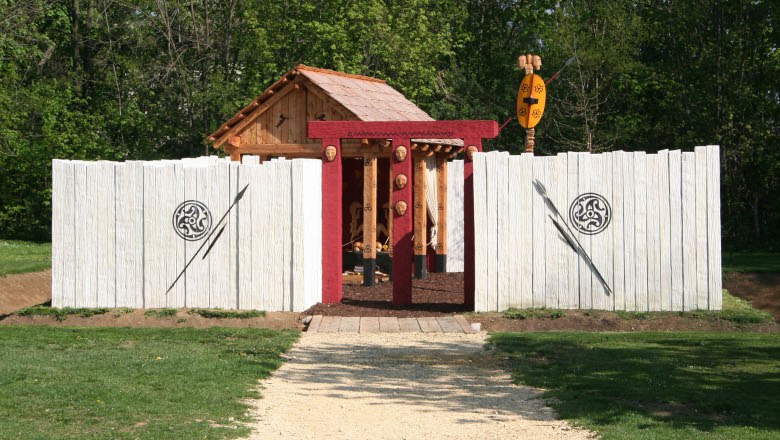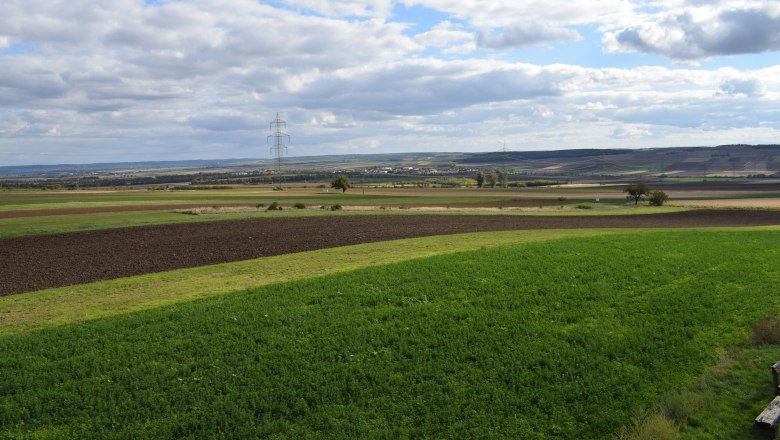The large Celtic settlement on the Sandberg
Historical sites
Description
More than 2,000 years ago, the Sandberg, located between Roseldorf and Platt and around 340 meters high, was an important center of Celtic culture.
Although the Sandberg is not a particularly conspicuous elevation, the site must have seemed so advantageous to the inhabitants of the time - after all, the site is visible from afar and offers a view as far as the foothills of the Alps on clear days - that the largest Celtic central settlement currently known in Austria was established here.
The first large settlements in Central Europe
Large settlements of around 40 hectares in size, which provided space for more inhabitants than ever before, are a phenomenon of the Middle Laténe period around 260 to 150 BC. This was accompanied by political and social developments that led to the creation of a complex settlement landscape.
The settlement of Roseldorf has been known for quite some time, but systematic research by the Natural History Museum Vienna only began in 1995. A large-scale geomagnetic prospection documented the majority of the settlement, and selected objects, e.g. six of the seven sanctuaries, were investigated in selective excavations.
How the Celts lived
The settlement was protected by a fortification ditch and a palisade. The interior was densely built-up: Around 450 pit houses, pits, postholes and undeveloped (probably public) squares have been identified. The seven sanctuaries are unusual. These are square enclosures measuring 10 to 17 m in length, in which offerings (weapons, parts of horse harnesses, costume components, etc.) and in some cases animal and human bones were found. These cult sites probably played an important role in the rise and political significance of this large settlement.
A regional trading center
The settlement on the Sandberg was certainly a regional center where grain and other agricultural products from surrounding villages were delivered, stored and distributed. Among the cultivated plants, for example, dill and cultivated wine have been identified, which indicates contacts with the Mediterranean region. Potteries, blacksmiths, metal and glass workshops and a presumed minting site for coins indicate the supra-regional importance of the settlement.
Tip: One of the cult sites has been reconstructed in the open-air grounds of MAMUZ Schloss Asparn.




